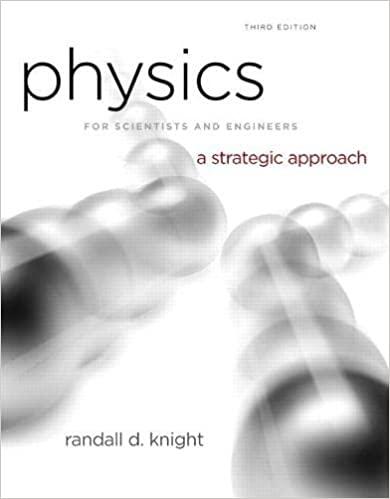The sun is powered by fusion, with four protons fusing together to form a helium nucleus (two
Question:
The sun is powered by fusion, with four protons fusing together to form a helium nucleus (two of the protons turn into neutrons) and, in the process, releasing a large amount of thermal energy. The process happens in several steps, not all at once. In one step, two protons fuse together, with one proton then becoming a neutron, to form the “heavy hydrogen” isotope deuterium (2H) . A proton is essentially a 2.4-fm-diameter sphere of charge, and fusion occurs only if two protons come into contact with each other. This requires extraordinarily high temperatures due to the strong repulsion between the protons. Recall that the average kinetic energy of a gas particle is 3/2kBT.
a. Suppose two protons, each with exactly the average kinetic energy, have a head-on collision. What is the minimum temperature for fusion to occur?
b. Your answer to part a is much hotter than the 15 million K in the core of the sun. If the temperature were as high as you calculated, every proton in the sun would fuse almost instantly and the sun would explode. For the sun to last for billions of years, fusion can occur only in collisions between two protons with kinetic energies much higher than average. Only a very tiny fraction of the protons have enough kinetic energy to fuse when they collide, but that fraction is enough to keep the sun going. Suppose two protons with the same kinetic energy collide head-on and just barely manage to fuse. By what factor does each proton’s energy exceed the average kinetic energy at 15 million K?
Step by Step Answer:

Physics For Scientists And Engineers A Strategic Approach With Modern Physics
ISBN: 9780321740908
3rd Edition
Authors: Randall D. Knight





